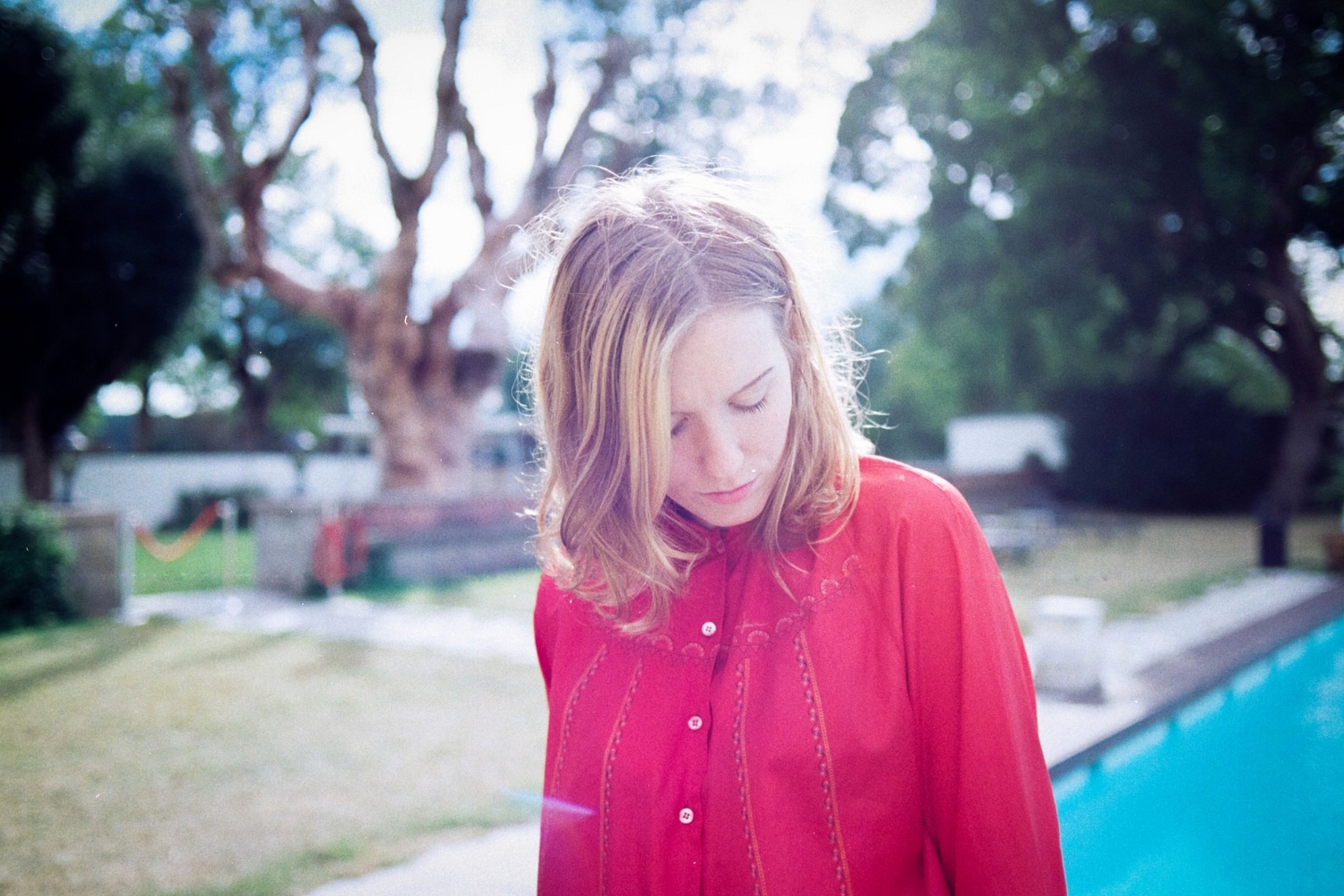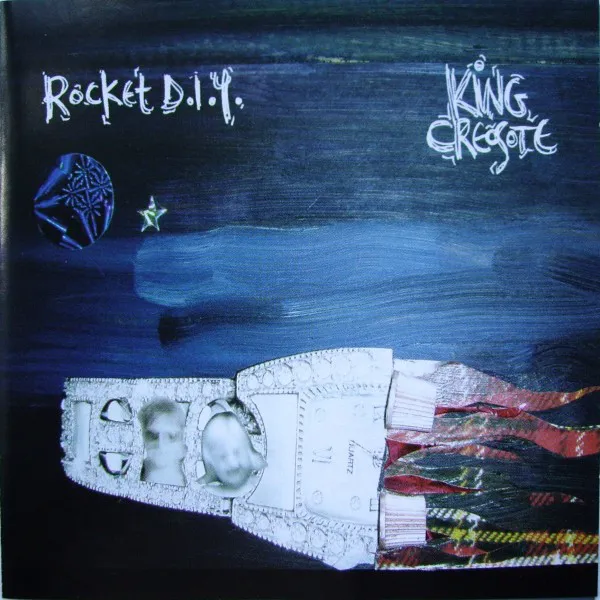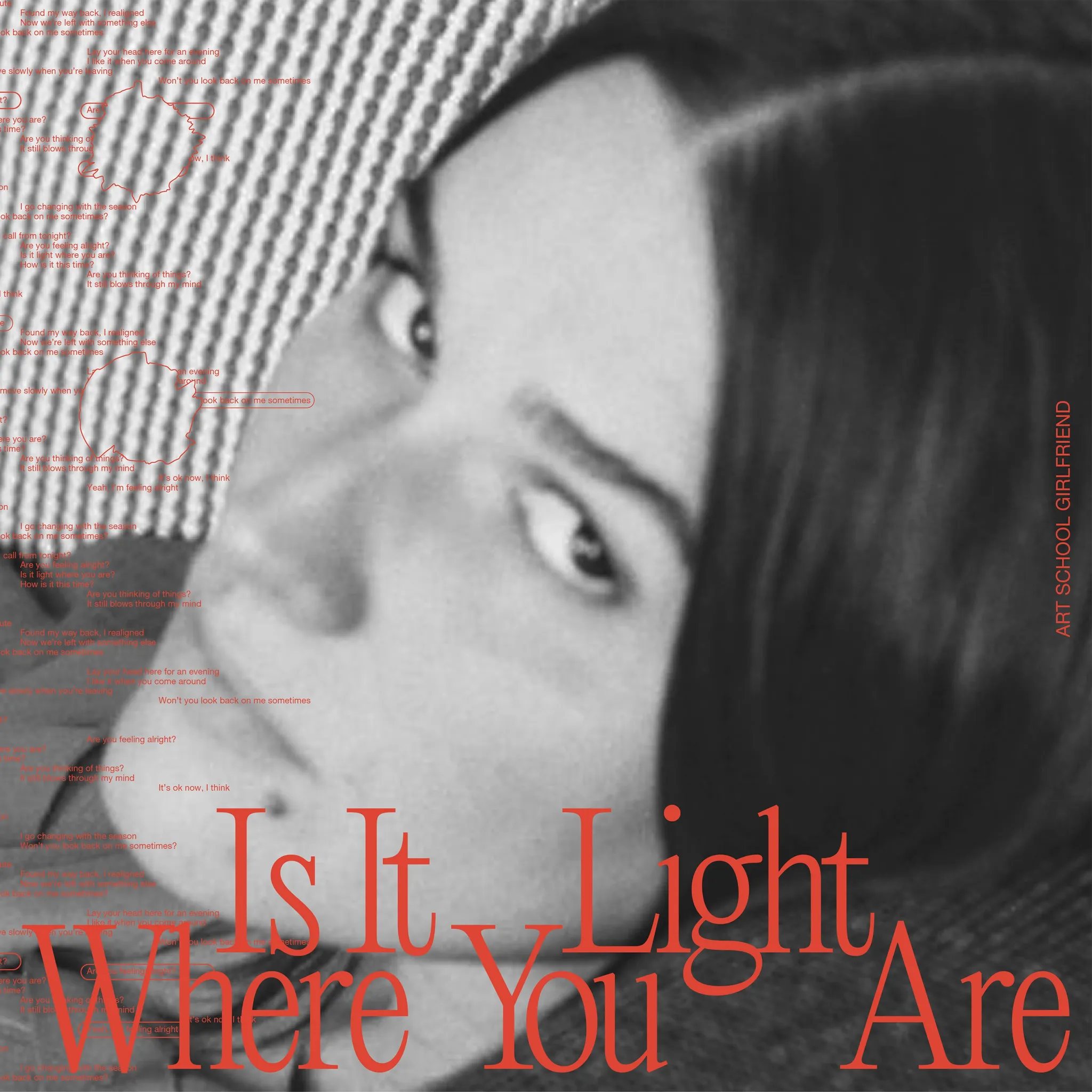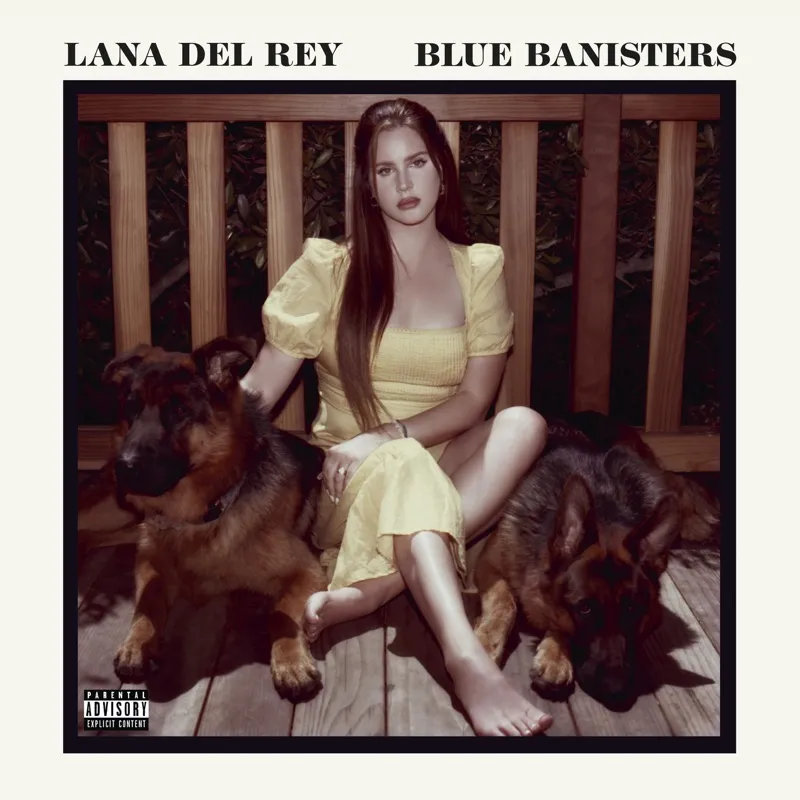
Neu Once in the blue moon: introducing Many Voices Speak
This Stockholm-rooted newcomer found escape in the country for her debut EP ‘Away All the Time’, which hints at Angel Olsen, The War on Drugs and imminent stardom.
When a new artist releases a cover, they usually don’t dig too deeply into the well of the past for source material. Typically, putting a spin on something still firmly mounted in the chart hierarchy is a safe way to have your unique voice heard without deviating too far from the norm.
That’s decidedly not what Swedish singer-songwriter Many Voices Speak (Matilda Mård) did when she released a cover of Blue Moon,’ a syrupy doo-wop ballad originally by Richard Rodgers and Lorenz Hart. The song’s gone through many iterations over the years which mostly either try too hard to create distance from the original or simply don’t change enough to be compelling.
Mård’s version feels like a new creation, informed by a pervasive sense of nostalgia but also a glimmer of hope. In some fictional Netflix-approved music industry drama, this would be the song Mård is singing when she’s discovered in a musty club in the middle of nowhere, before being rocketed to stardom. It’s a stunning and intimate turn from Mård, and one that makes even more sense when compared to her debut EP, ‘Away for All Time’.
The result of a move from Stockholm to the comparatively bucolic Borlänge (a town in central Sweden with a population of roughly 40,000), ‘Away for All Time’ feels like a deep inhale of fresh air after too much time in the city. It’s spacious, sweeping, and sentimental, a graceful project anchored by Mård’s mesmerizing vocals.
Ahead of its release, Many Voices Speak took some time to chat with DIY.
Could you tell me a bit about your musical background and how Many Voices Speak came to be?
I started kind of late writing songs in a serious way. I’d graduated from school and I had a lot of focus on, just singing and having fun with music. Then in my late teens I started to write and music became serious in a different way. It started to be kind of therapy for me in a different way, it had been that in a more primitive way as a kid, but now it was like writing and processing things. I started to write a lot and didn’t care about the result as much. I was putting every demo out on the Internet.
I came to a turning point in that thing too, where I felt like I had sorted things out now, and I wanted to go deeper into music making, and got interested in arrangements, and producing, and soundscapes.
To record the EP you left Stockholm and moved to Borlänge. What prompted you to do that and how do you think that influenced the EP?
It was a lot about the music that made me move. I felt like Stockholm had made me – both as a person and a musician – kind of indifferent. I needed to experience a kind of collision with something really unknown… There were no distractions, it was like being 12 again, where there’s nothing to do in your hometown so you discover music. I had to create that environment for myself.
What would you say is the biggest difference between what you were writing in Stockholm and what you wrote in Borlänge?
In Stockholm it was a lot about just relationships and heartbreaks. I didn’t care that much for it to be interesting for someone else, it was just therapy for myself. When I was in Borlänge it was more about wanting to discover things. Musically I wanted to make more out of the songs and I think I was fed up with digging into love stories. I’d come to a point where there was so much more in the world to reflect about than the last relationship.
The trip to Borlänge really made me value music again. I had kind of lost that for those last few years in Stockholm. I live in Stockholm now but I feel like a country person. I appreciate living in a big city now more than before when I was indifferent, like I said.
How did ‘Video Child’ come together?
It was the first song that I actually put a lot of work in, compared to how nonchalant I was when I was writing songs earlier. It’s about a friendship from very long ago. I was reconnecting to someone I didn’t have contact with anymore. It was a nice feeling giving life to that friendship again but through a song.
‘Blue Moon’
What made you decide to cover ‘Blue Moon’?
I’m very drawn to finding unexpected beauty in things. I think that runs through a lot of things [I do], like finding vintage clothes or a very nice café in a not nice village.
Who did you listen to while you were recording for this EP?
I think this is absolutely the hardest question. I’m actually a really bad music listener, especially when I’m in the writing process. I’m very selective with my influences… when I’m writing it has to be very far from the sound and genre that I’m in. So I’d say it’s a selection of Patsy Cline, very old songs like ‘Moon River,’ I have put together a playlist called ‘Hollywood’ that all sound like ‘90s Hollywood movies. But I’m kind of afraid of taking in too many influences actually.
What kind of impression do you hope this EP to leave on people who may be just discovering Many Voices Speak?
I want people to feel included when they listen to my songs, and maybe that’s why I have themes that are kind of timeless, and that they’re all kind of stories that many people can relate to. I really like protecting that kind of sentimental theme, a lot of popular music today is very ‘YOLO’ and that has a good impact on people, but myself I really like to feel sentimental sometimes in connection to music, and I feel like I’m a protector of that kind of expression, and that it’s okay to feel sad and reflect about things.
Many Voices Speak's 'Away for All Time' EP is out now.
Read More
The Neu Bulletin (Bad Nerves, Obongjayar, Many Voices Speak & more)
DIY’s essential, weekly guide to the best new music.
19th October 2016, 12:00am
Featuring SOFT PLAY, Corinne Bailey Rae, 86TVs, English Teacher and more!





